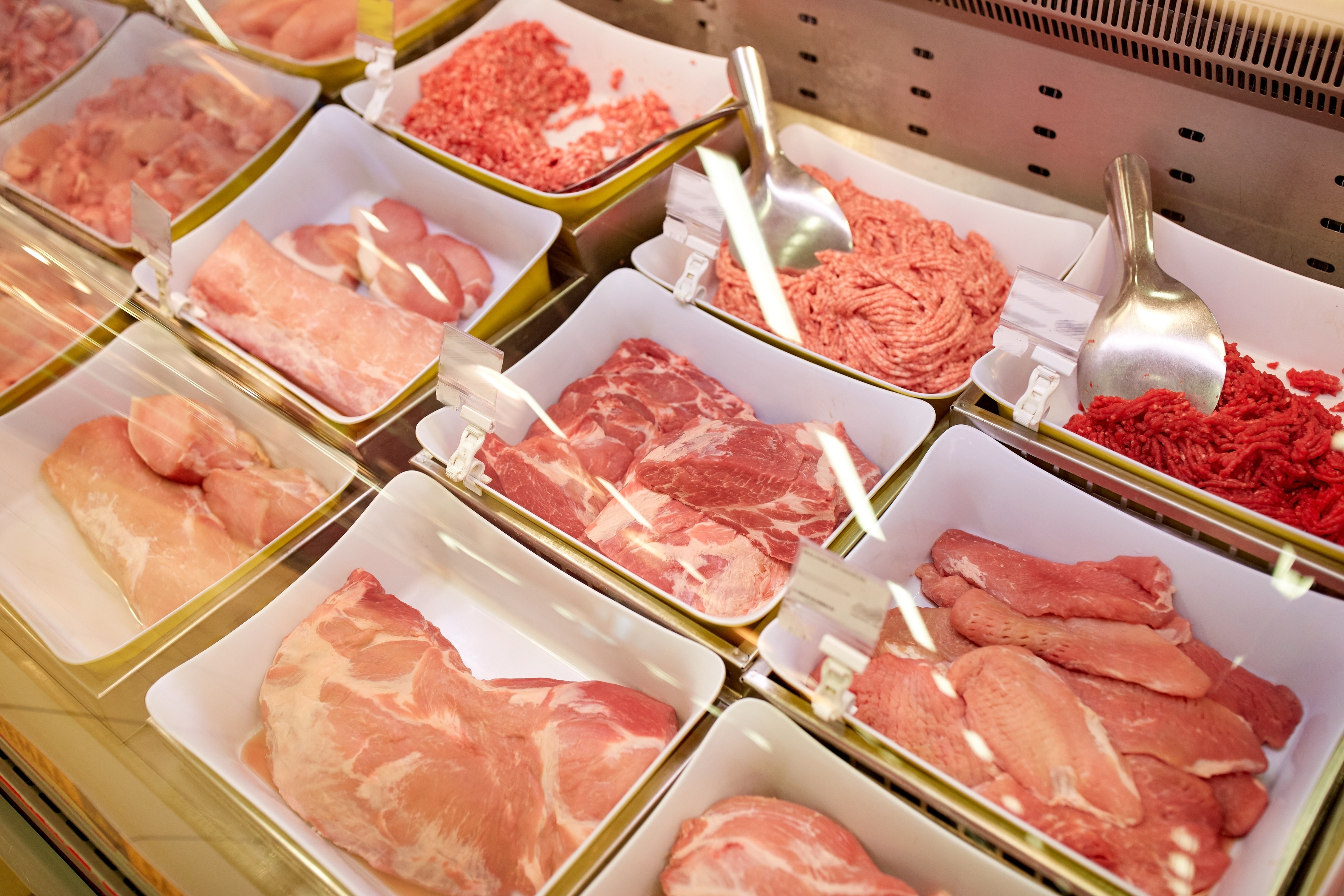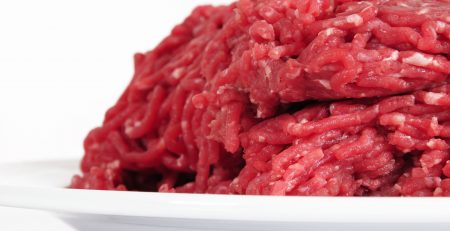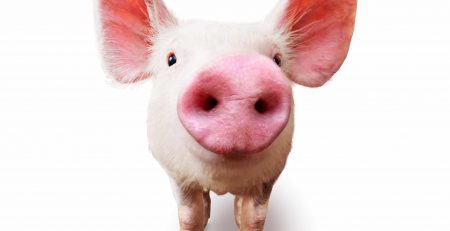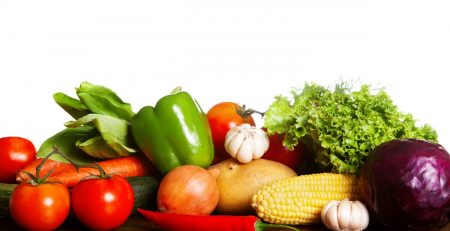No Holiday, No Problem For Beef, Pork Sales
Following robust Independence Day meat sales, analysts expected a softening of demand from consumers. Data from the week ending July 12, however, suggests – at least for one week – consumers remain aggressive buyers.
According to Anne-Marie Roerink, president 210 Analytics, “elevated everyday demand resulted in a 21.4% increase in dollar sales” at retail last week versus a year ago, and the spiking coronavirus pandemic appears to be the reason.
“As COVID-19 cases are rising across many states, several rolled back the re-opening of restaurants and businesses,” Roerink said. “In some cases, the rollback prohibits in-restaurant dining altogether, in others, dine-in capacity was more restricted — much like late March and April. The reversal on restaurant openings along with rising consumer concern over COVID-19 is likely to shift dollars back from foodservice to food retail once more.”
Roerink notes non-holiday weeks had been seeing some erosion in gains of dollar sales, but last week’s numbers represent a five percentage point increase from the latest non-holiday week, June 28.
“This also became the 17th week of double-digit gains since the onset of the pandemic,” she said. “While higher prices drove much of this gain, volume increased as well, at +7.7%. This was the highest volume gain during a non-holiday week since mid-April. Unit purchases in the meat department increased by 16.2 million, or 8.1%, over the week of July 12 versus last year, while volume increased 7.7%. This points to more, but smaller, packages sold.”
According to analysis by IRI, a data analysis firm, dollar sales are up 35.9% during the pandemic starting March 15 through July 12. Volume sales have increased 22.5% during the same time. The increase translates into an additional $7.4 billion in meat department sales during the pandemic. That includes an additional $3.3 billion for beef, $1 billion for chicken and $794 million for pork.
Beef and pork production continue strong after the initial pandemic slowdown, while chicken production is down.
“Pork and beef production continue to exceed year-ago, up 12.1% and 2.1%, respectively,” said Christine McCracken, Executive Director Food & Agribusiness for Rabobank. “A 10% year-over-year increase in hog slaughter drove the sizable increase in pork, with weights contributing the balance. Heavier carcass weights more than offset a slight (-0.8%) drop in fed cattle slaughter. Chicken production moved lower again this week, as slaughter levels continue to reflect the cuts taken this spring and higher weights offering a limited offset.”
Content within the Farm Journal Forum is the property of Farm Journal, Inc and protected by copyright.










